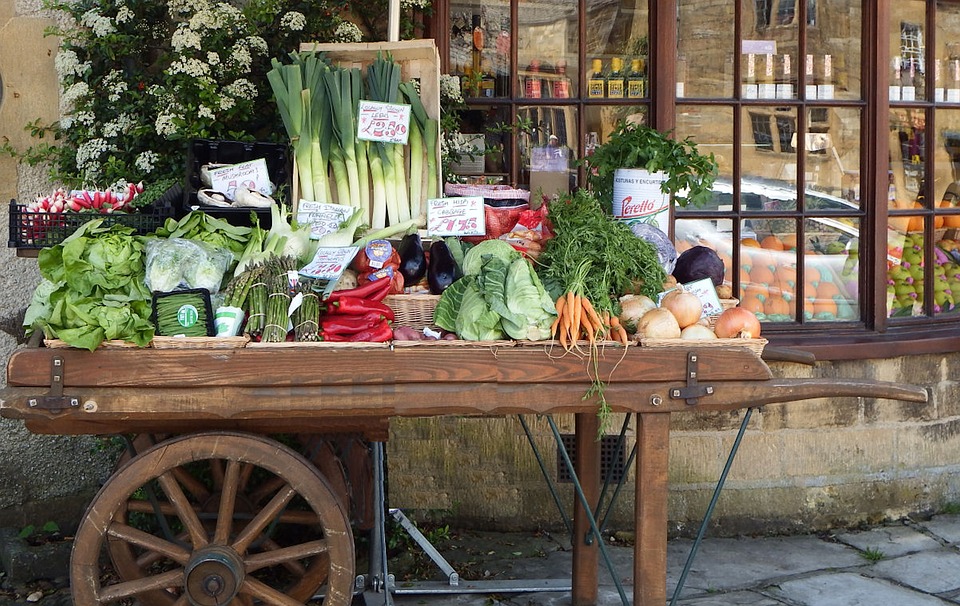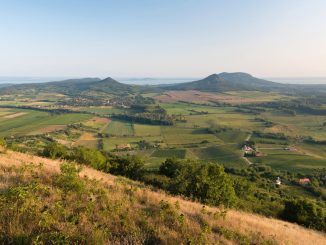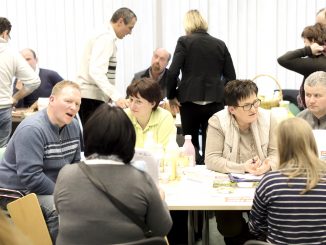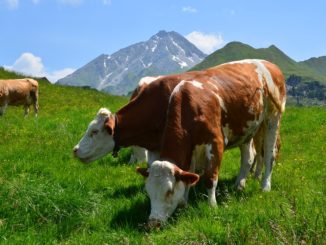by Tzruya Calvão Chebach and Amit Ashkenazy.
As part of our rural sociology RETHINK Modernisation series, we present an article on resilience.
The world we live in is undergoing rapid changes. Changes in markets and tastes, in technology and in our physical environment. All of these have a tremendous impact on farmers and rural regions. Thus, it is not surprising that in recent years policy makers chose to place the concept of “resilience” at the centre of different strategies and interventions. But what does it mean, and is it useful for better understanding the rural context?
In its most basic sense, resilience means the ability to cope with changes. It can also mean maintaining certain elements of your way of life, capacities, or even property, as you adapt to new and perhaps even threatening circumstances.

While the concept of resilience seems straightforward, putting it into action – or developing coherent policies to enable it – is more complicated. Policies and practices to encourage resilience rely heavily on the values that farmers, local council members, government officials and society at large adhere to and their perceptions of the change they are coping with.
Through the RETHINK project we set out to reveal the strategies used in practice to bolster resilience in farms and rural regions, and then recognize some of the challenges that may arise from their implementation.
Through our analysis of all 14 case studies included in the project, spanning diverse EU member states as well as non- EU perspectives provided by Israel and Turkey, we identified five categories of resilience strategies in farms and rural regions:
Five categories of resilience strategies in farms and rural regions
Valuing traditions and local capacities;
Promoting economic diversification;
Utilising technological innovation and cost efficiency;
Increasing cohesion between different social groups within the region and outside; and
Optimising the use of public support.
While some of these strategies may appear intuitive, and even obvious at times, their implications to resilience are often counter-intuitive. For example, one of the case study regions in the project has a highly homogenous regional economy. Almost half of the region’s entire income was based on solely one crop – capsicum (Pepper). While diversification should be an obvious strategy to increase resilience, it also comes at price: when almost all the farmers in the region raised the same crop, they were able to share resources, help one another physically and through knowledge sharing, collectivize their operations, and implement new measures for crop protection and such on a large scale and very efficiently. Once farmers turn to individual entrepreneurship these capacities are strained.
Across many case studies we saw farmers building new forms of collaboration – from farming cooperatives in Spain to short food supply chains In Switzerland. These chains brought together farmers, chefs, local businesses and consumers to directly sell and buy from one another, use local ingredients in a new way, and even become partners in community operated farms. These collaborations also enabled small farmers to place their produce on dedicated shelves of bigger retailers, allowing for access to market and for strengthening the valorisation of local produce. These allowed farmers to scale up, create a more cohesive regional brand, and find an alternative to anonymous global trade that can be impacted by factors out of their control such as the global financial crisis.
Other forms of collaboration brought together farmers and non-farmers living in the same rural region, working towards restoring and preserving local ecosystems and landscapes. These demonstrate the potential in creating new types of communities in rural regions, but also the long-term risk of expanding non-farming land uses that may push agriculture further away.
Replacing agriculture with other land-uses could appear to be a negative change that should be avoided, but many case studies illustrated how farmers benefited from finding new non-agricultural uses from farms as well. The Latvian case study was particularly illustrative, as rural residents turned their farms to tourist attractions and even opened local shops on site, which could also support the agricultural production side of the farm. While these non-agricultural activities may require new skills and a change in everyday activities, in many occasions it enabled the diversification of family income and allowed for other resources to be leveraged to produce value and improve wellbeing.
This is the nature of resilience – different people may wish to cherish and maintain different aspects of the region. For some, being able to produce large amounts of food is a mission worth pursuing, while for others it is about maintaining a family tradition that has passed from one generation of farmers to the next. From a societal standpoint, these may conflict with even larger goals such as biodiversity conservation or climate mitigation. Thus, resilience strategies can only be fully judged when we make clear and explicit our values, the specific qualities we wish to preserve, and the price we are willing to pay in the long run.
For the RETHINK MODERNISATION series click here
 Tzruya and Amit’s research is based on close collaboration with farmers, research institutes and government agencies, as part of their work in Sustainability Foresight – a consultancy they founded to strengthen the links between different disciplines and actors to enhance sustainability and resilience in rural regions and beyond.
Tzruya and Amit’s research is based on close collaboration with farmers, research institutes and government agencies, as part of their work in Sustainability Foresight – a consultancy they founded to strengthen the links between different disciplines and actors to enhance sustainability and resilience in rural regions and beyond.
A More Resilient, Equitable & Inclusive Agricultural & Food System





